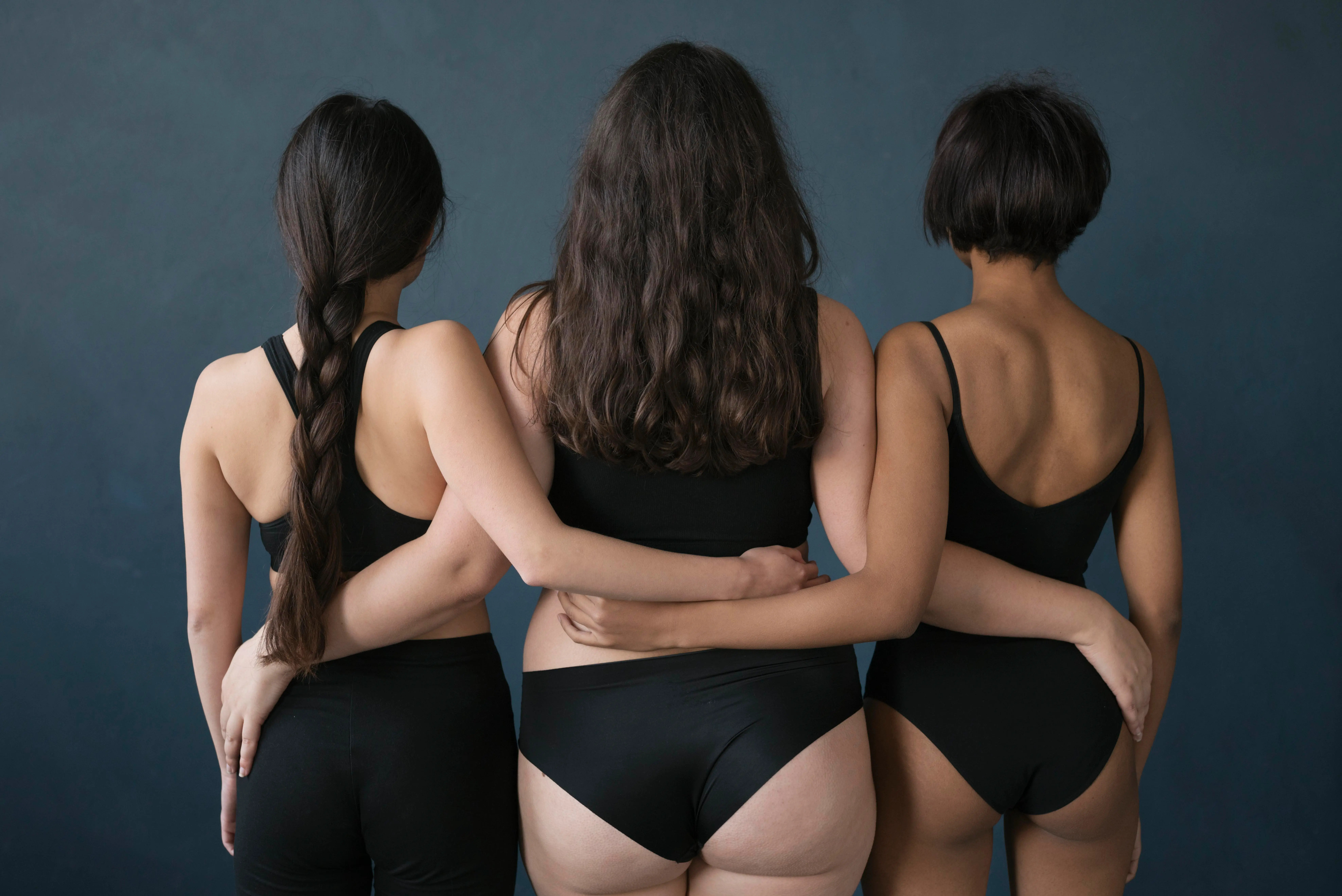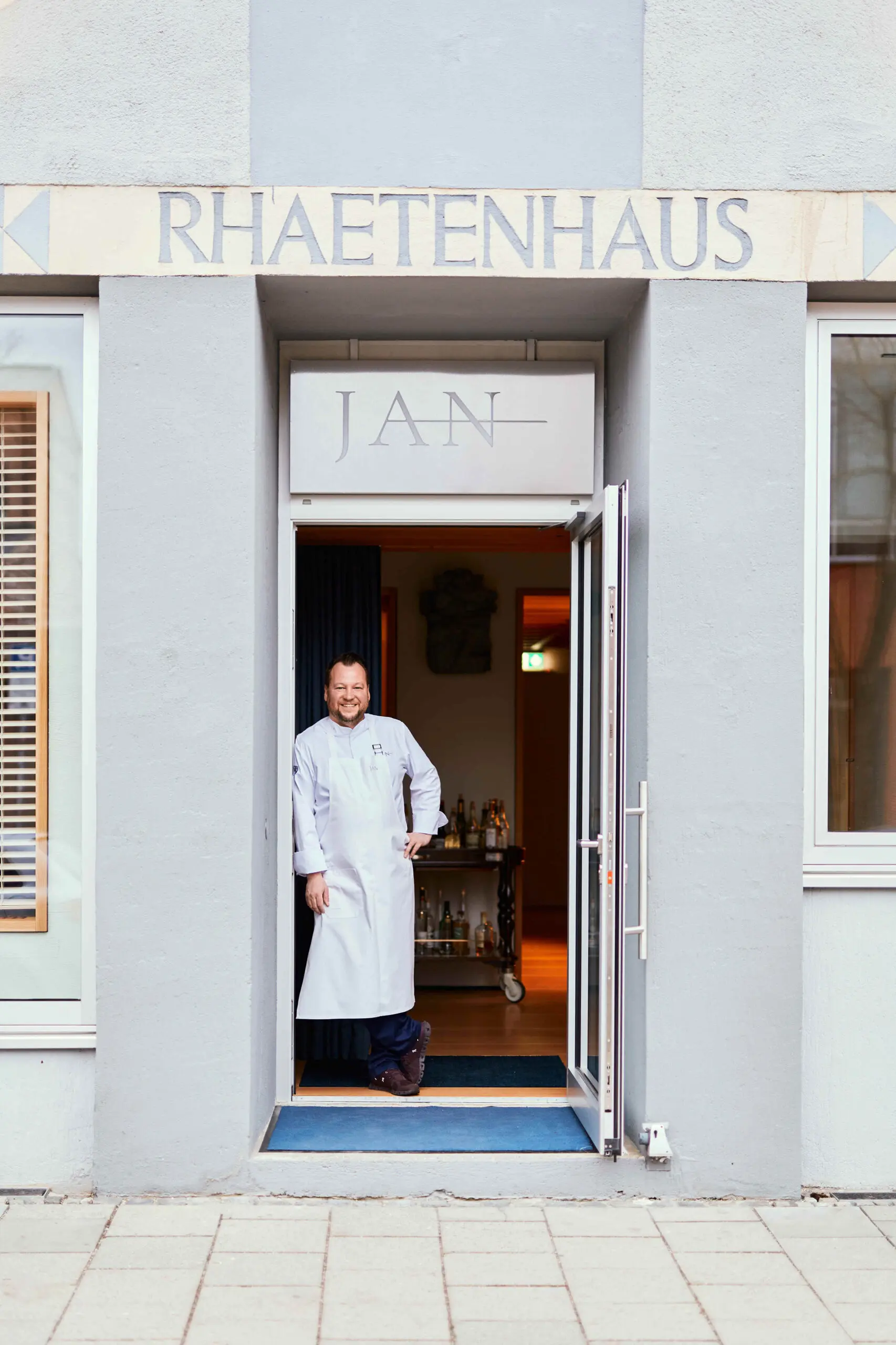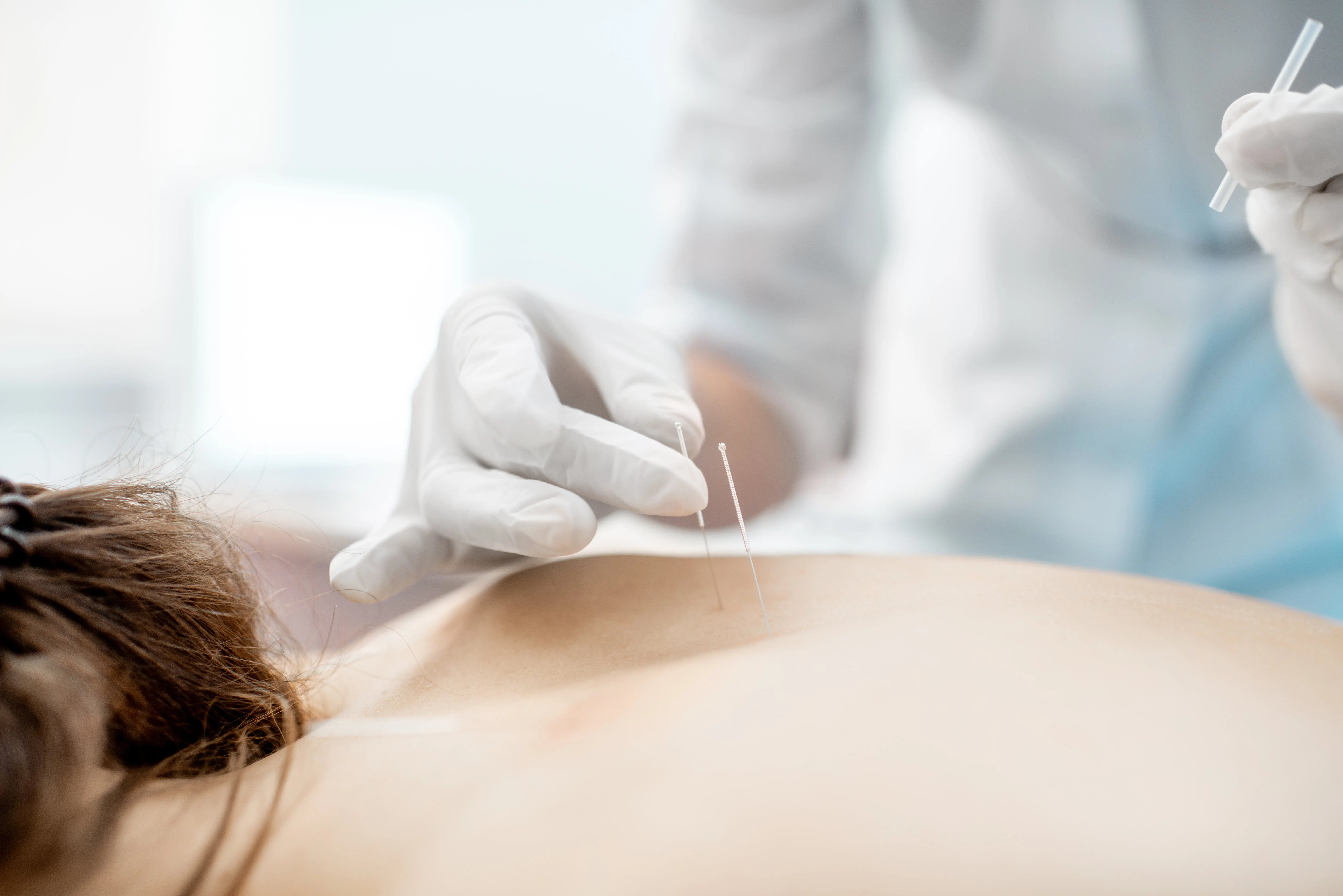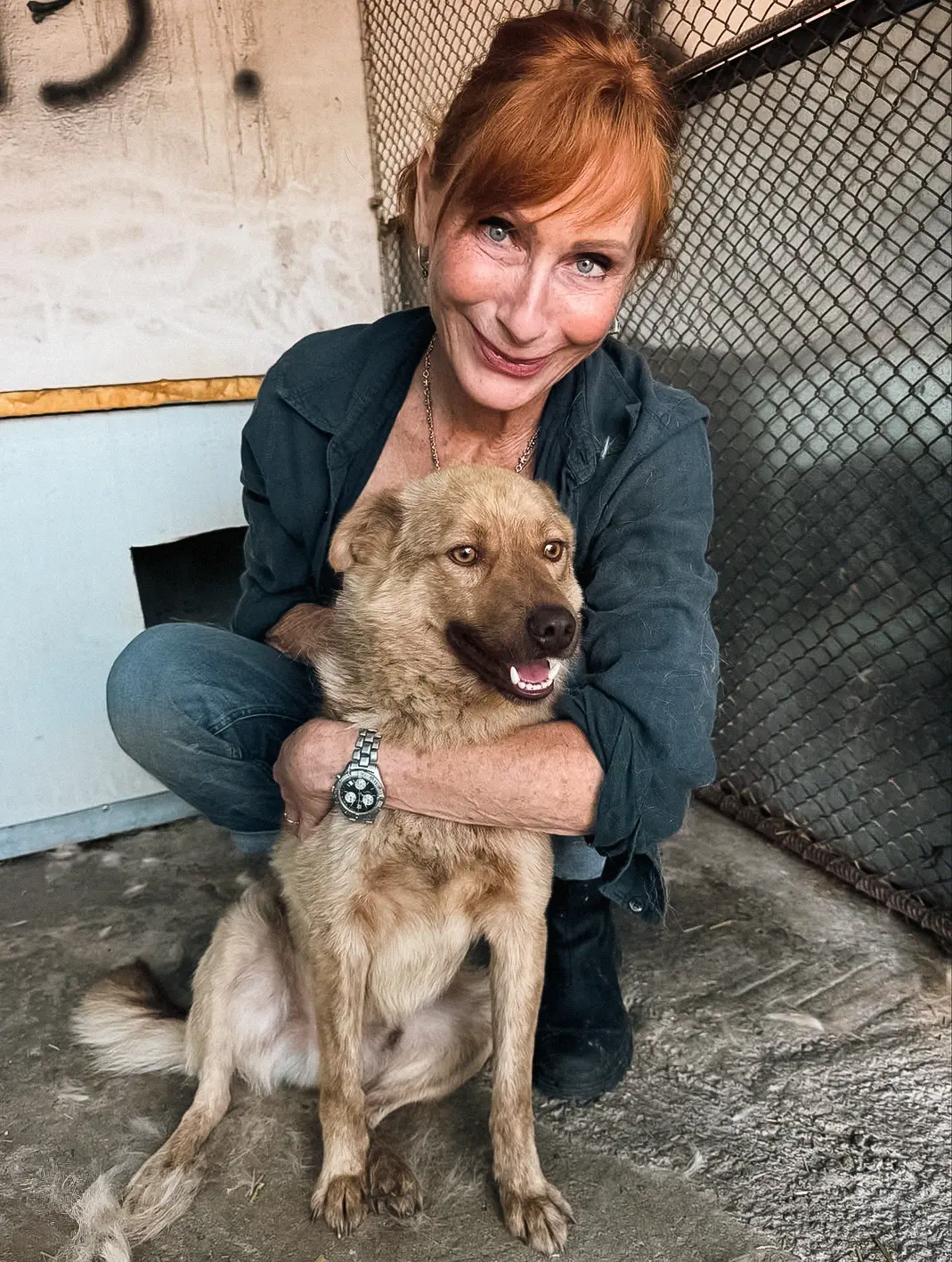Other Treatment Methods
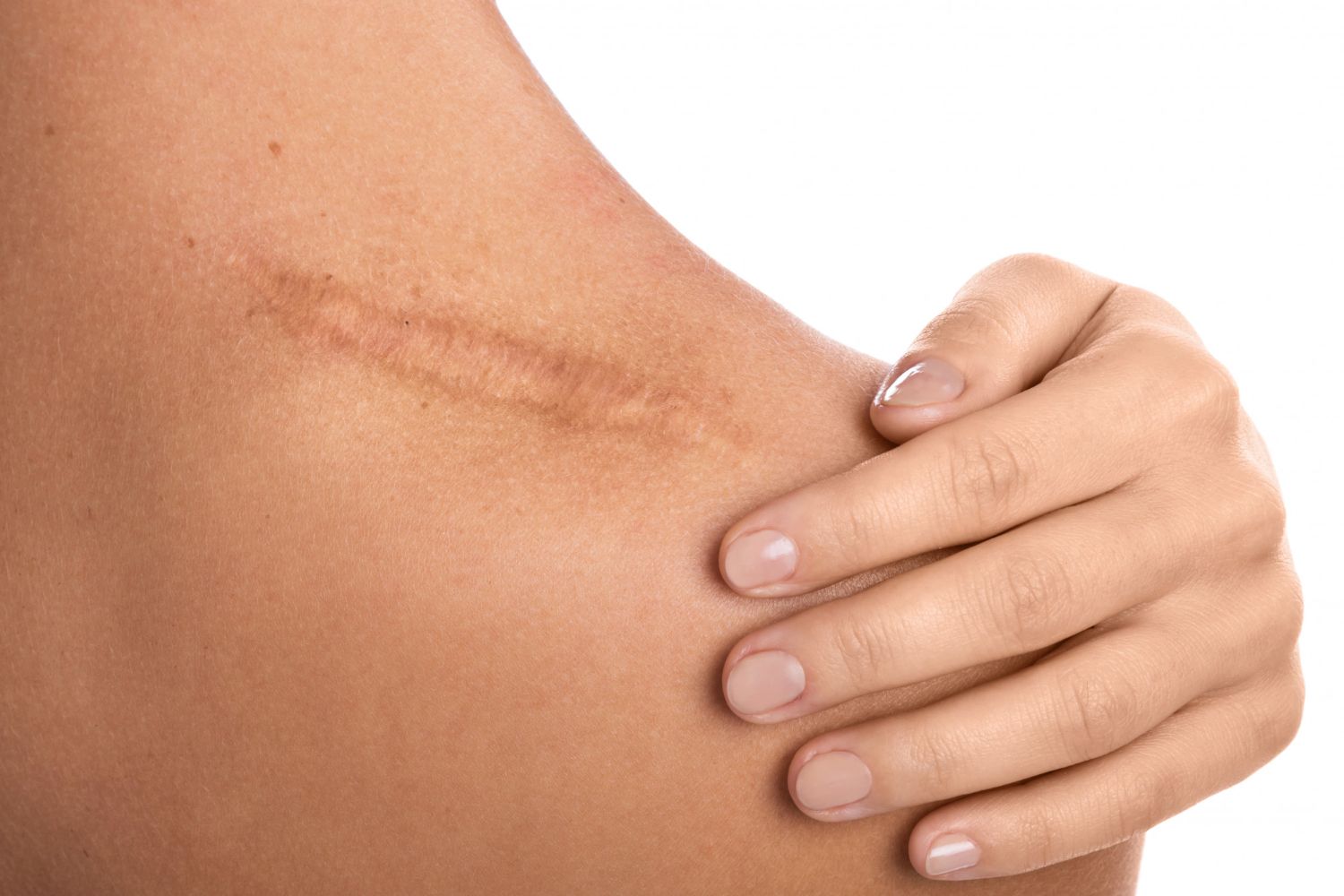
© Freepik
Scar therapy
Scars are caused by injuries to the skin and heal differently depending on the healing process, location, or genetic predisposition. If the healing process is not satisfactory and visible scars remain, the dermatologist differentiates between excessive (hypertrophic) or sunken (atrophic) scars.
Objective of Scar Therapy
Realistically, scar therapy cannot make scars completely invisible, but it can significantly improve their appearance.
Treatment of Scars
Various methods are available for scar therapy. The fractional laser (CO2-laser/erbium laser) is very suitable for smoothing scar surfaces – like atrophic acne scars. Radiofrequency microneedling can also achieve good results. For severe skin redness, the Nd-YAG laser is often used, which is frequently combined with a steroid injection. In scar augmentation, sunken skin tissue is lifted again by injecting hyaluronic acid. Minor surgical procedures make it possible to remove scars and re-stitch the tissue. The dermatologist will select the appropriate method for each individual case.
After the Procedure
The treated tissue should be cared for with special scar gels for about three months after the procedure. This keeps the skin supple and promotes wound healing. Additionally, it is necessary to apply a very high Sunscreen to apply.
Risks
In some cases, hyperpigmentation may occur. In very rare cases, the tissue may sink if the surface has been too severely abraded.
Other Treatment Methods in this Department
Experts for this Treatment Method
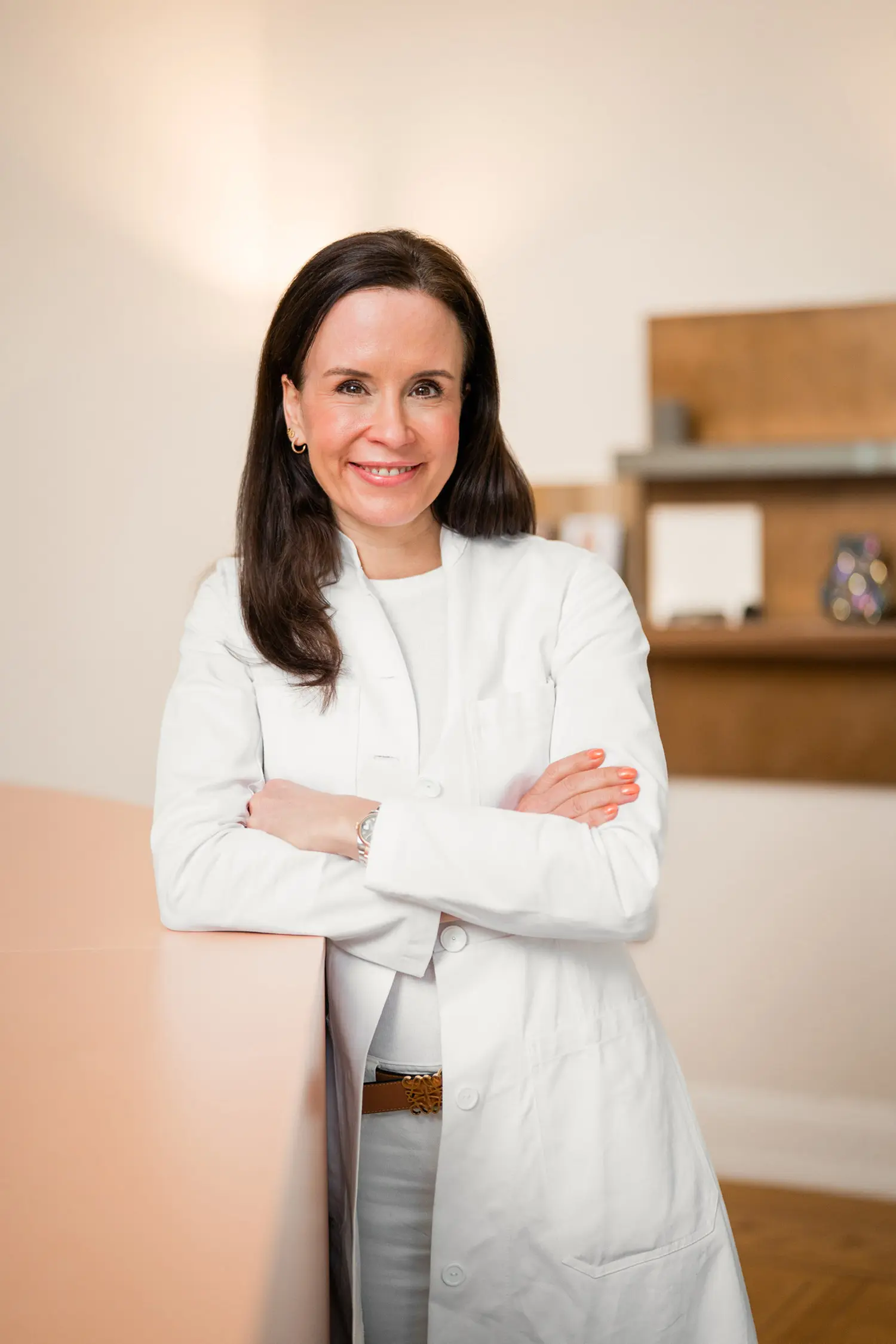
- Aesthetic Surgery & Dermatology
Dr. med. Anna Brandenburg
Dermatologische Privatpraxis Dr. Anna Brandenburg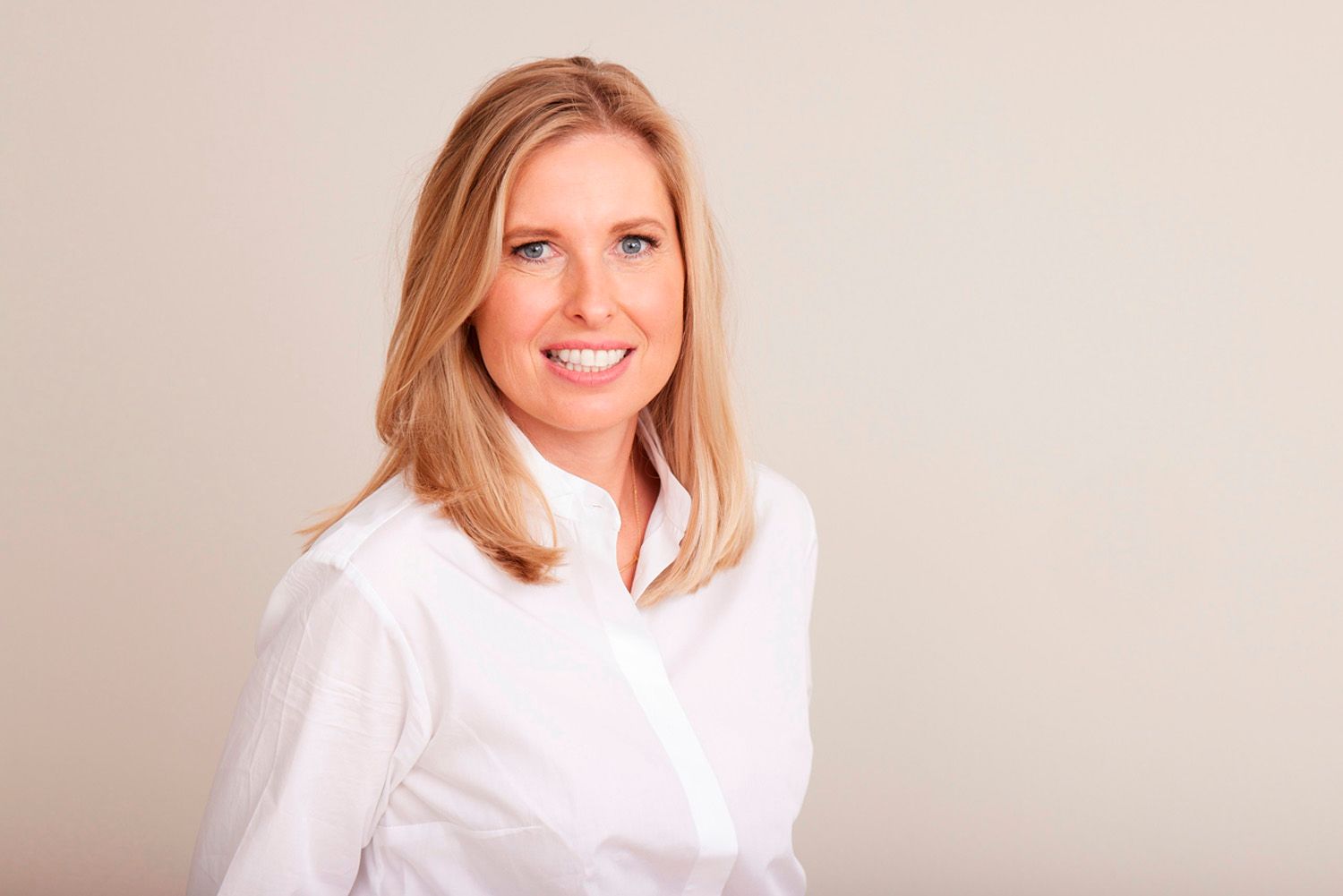
- Aesthetic Surgery & Dermatology
Dr. med. Hanna M. D. Halter
Derma Marienplatz
- Aesthetic Surgery & Dermatology
Dr. med. Anette Zimpfer-Keese
Dres. Zimpfer/Zimpfer-Keese MVZ
- Aesthetic Surgery & Dermatology
Dr. med. Christian Schrank
Ästhetik am Ammersee / Privatklinik Dr. Schindlbeck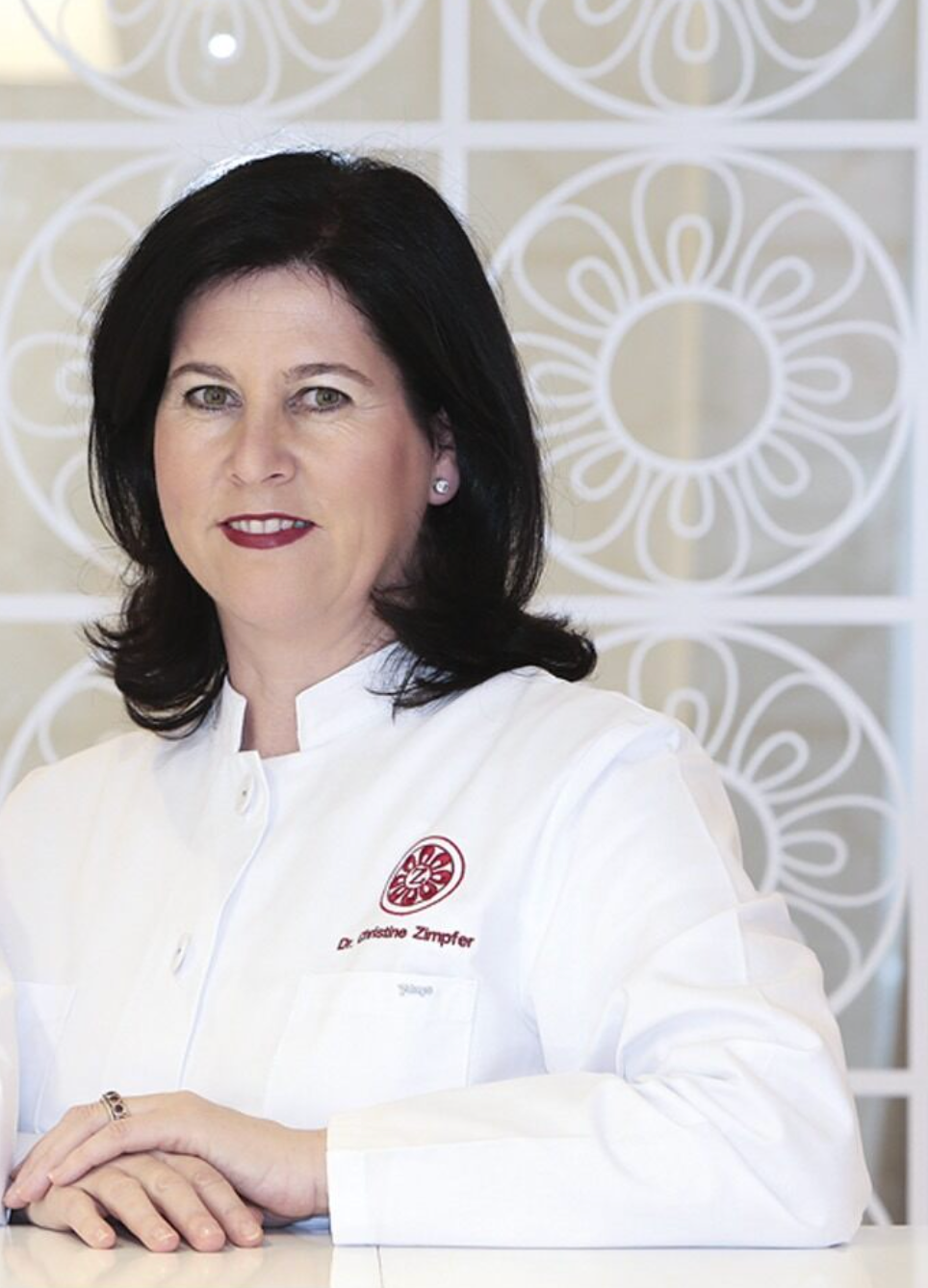
- Aesthetic Surgery & Dermatology
Dr. med. Christine Zimpfer
Dres. Zimpfer/Zimpfer-Keese MVZ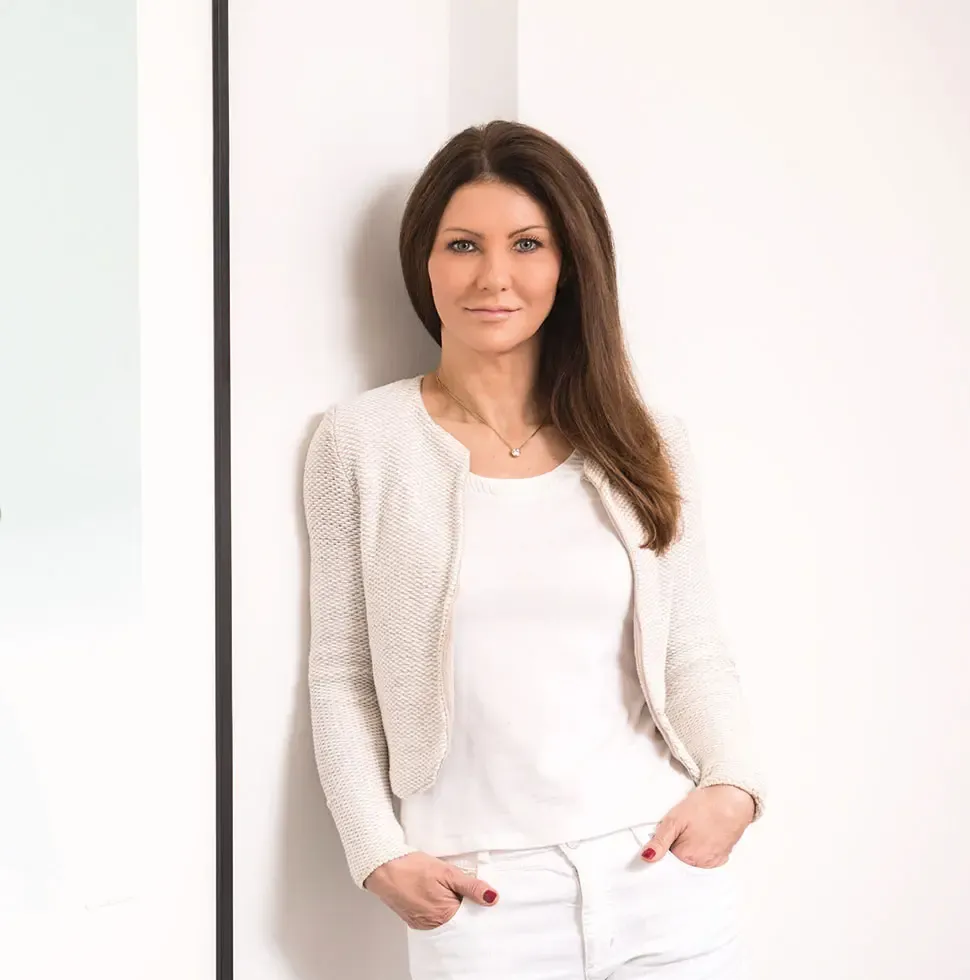
- Aesthetic Surgery & Dermatology
Dr. med. Elisabeth Zott-Schuhmachers
Meine Haut MünchenAll Experts in this Department
Show All
- Aesthetic Surgery & Dermatology
Dr. med. Anna Brandenburg
Dermatologische Privatpraxis Dr. Anna Brandenburg
- Aesthetic Surgery & Dermatology
Prof. Dr. med. Johannes a. Veit
Nasenchirurgie München
- Aesthetic Surgery & Dermatology
Dr. med. Hanna M. D. Halter
Derma Marienplatz
- Aesthetic Surgery & Dermatology
Dr. med. Anette Zimpfer-Keese
Dres. Zimpfer/Zimpfer-Keese MVZ
- Aesthetic Surgery & Dermatology
Dr. med. Daniel Thome
aesthetic and soul
- Aesthetic Surgery & Dermatology

